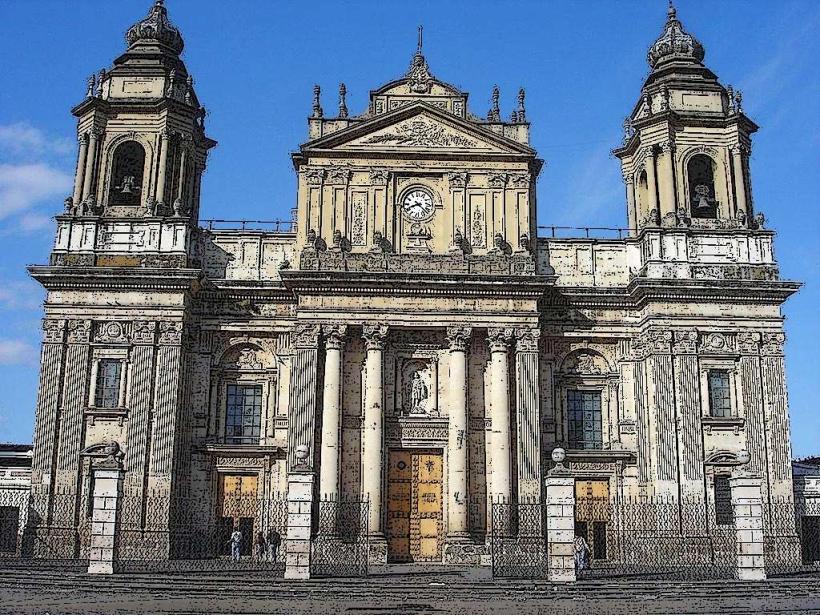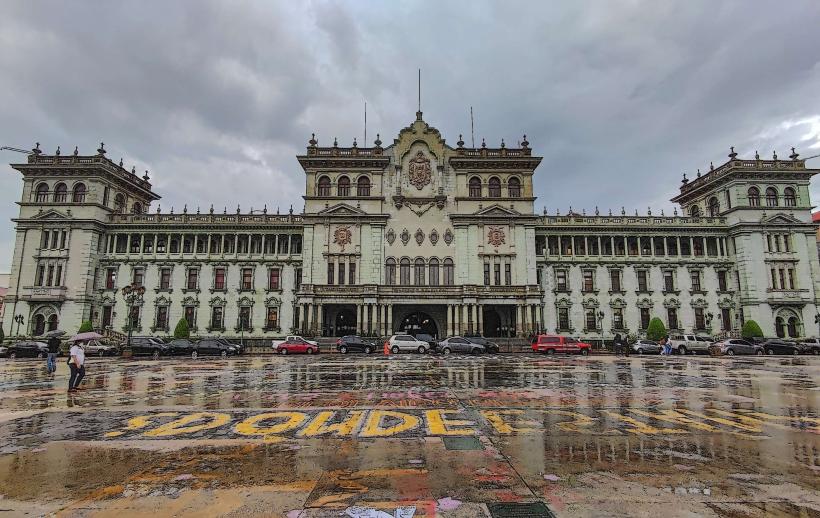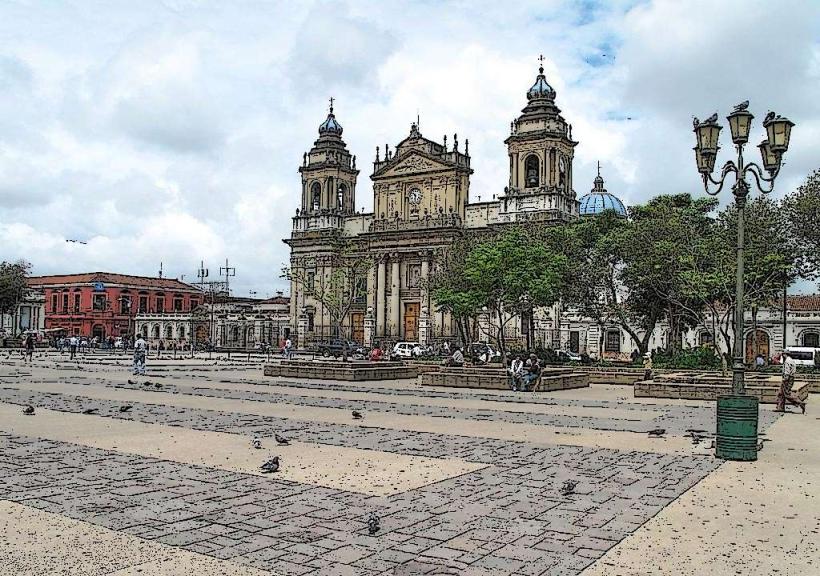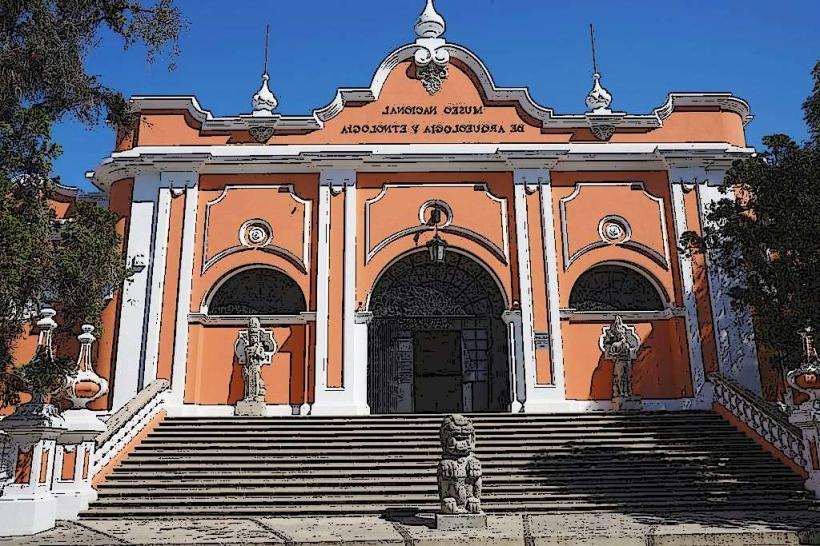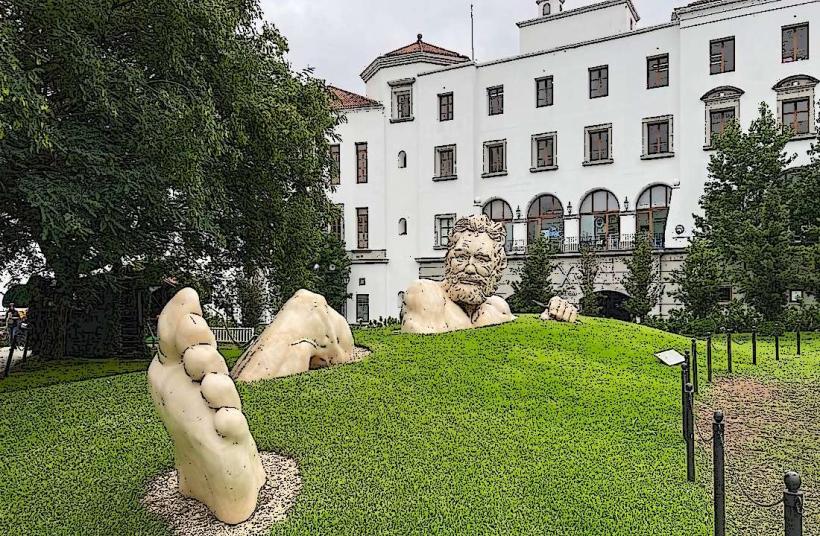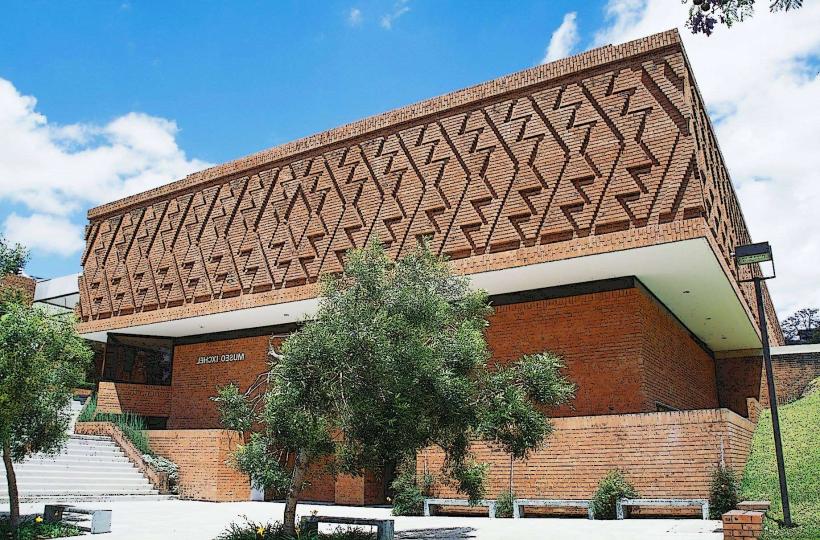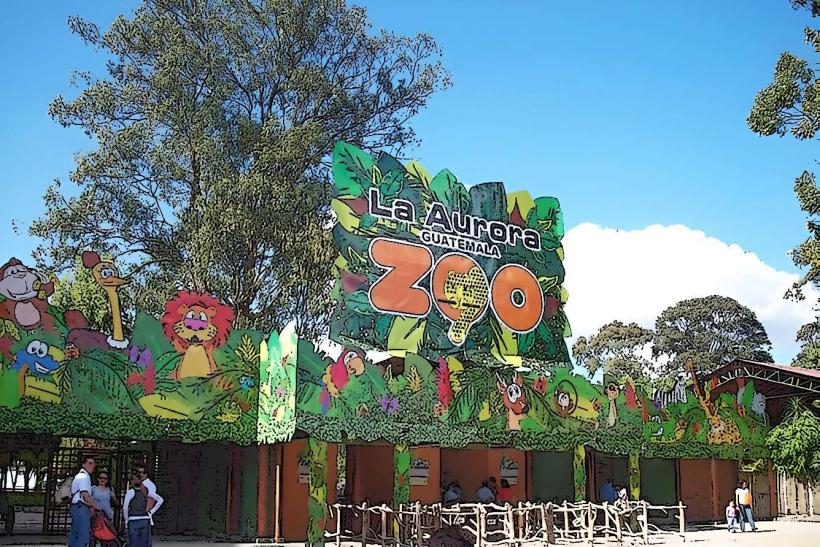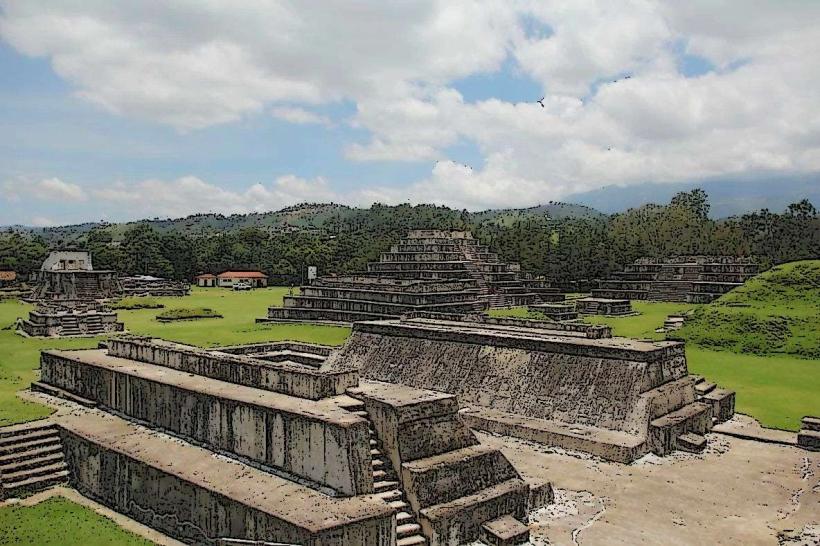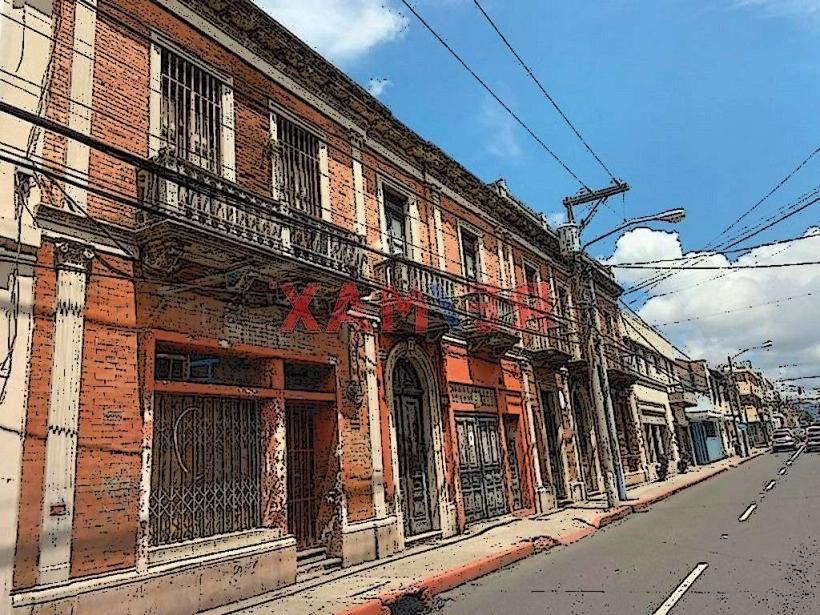Information
Landmark: Relief Map of GuatemalaCity: Guatemala City
Country: Guatemala
Continent: North America
The Relief Map of Guatemala (Mapa en Relieve de Guatemala) is a large, three-dimensional topographical map located in Guatemala City. It is a notable and unique representation of the country's diverse geography, showcasing its mountains, valleys, rivers, and other natural features in a visually engaging and educational way. The relief map is a popular tourist attraction and an educational tool, offering visitors a clear view of the country’s varied landscape.
History and Creation:
The Relief Map of Guatemala was created in 1905 by the German engineer and cartographer, Francisco Vela. It was commissioned as a way to help people understand the country's geography better. The map was constructed using a variety of materials, including plaster, wood, and other substances, to create the raised topographical features. It was inaugurated in 1935 and is one of the few large-scale relief maps in the world.
Over time, the map has been carefully maintained and restored, and it continues to serve as both an educational and tourist attraction.
Location and Size:
The Relief Map is located in the Civic Center area of Guatemala City, near the Avenida de la Reforma and the Plaza de la Constitución. The map is housed in an outdoor pavilion, where visitors can observe and interact with it. The dimensions of the map are impressive, covering 1,200 square meters (about 12,900 square feet), making it one of the largest topographical relief maps in the world.
Design and Features:
The Relief Map represents the entire country of Guatemala in a 3D format, allowing visitors to visually appreciate its varied landscapes. Some of the most notable features of the map include:
Mountains and Volcanoes:
Guatemala is known for its mountainous terrain and numerous active and dormant volcanoes. The map highlights these natural features with raised areas to show the elevation differences across the country. Some of the most prominent volcanoes on the map include:
- Volcán de Fuego (Volcano of Fire)
- Volcán de Pacaya (Pacaya Volcano)
- Volcán Tajumulco (the highest peak in Guatemala)
- Volcán Atitlán (located near Lake Atitlán)
The raised representations of these mountains and volcanoes allow visitors to see the varying heights and topography, giving them a sense of the country's rugged terrain.
Rivers and Lakes:
Guatemala is home to many rivers, lakes, and bodies of water. The map clearly shows the locations of the Motagua River, Usumacinta River, and Lago de Izabal, among others. Lake Atitlán is another prominent feature on the map, with its deep blue color representing its significant size and importance.
Lowlands and Coastal Areas:
The map also depicts the lowland areas, particularly along the Pacific coast and the Caribbean coast. These coastal regions are known for their agricultural importance and natural resources.
Cities and Infrastructure:
The Relief Map also includes representations of important cities and infrastructure, such as:
- Guatemala City, the capital and largest city, marked prominently at the center of the country.
- Antigua Guatemala, the historical colonial city located near the base of several volcanoes.
- Quetzaltenango (Xela), the second-largest city in the country.
- Major roads, railways, and other transportation networks that are essential to the country’s development.
The city placements help provide context and show how the urban areas are situated in relation to the country's natural landscape.
Educational Significance:
The Relief Map of Guatemala serves as an important educational tool. It helps both locals and visitors to understand the geographical layout of the country in a way that traditional 2D maps cannot. The three-dimensional aspect of the map allows people to see the elevations, rivers, valleys, and other features with greater clarity, making it especially valuable for students, researchers, and anyone interested in learning more about Guatemala’s topography.
Public Engagement:
The map is not only a static display but also serves as an interactive tool for understanding Guatemala's geography. It has been used in various educational programs and is frequently visited by school groups and tourists alike. Additionally, the Relief Map has been the subject of various academic studies and research, as it offers a unique way to analyze the country's geographical features.
Tourism:
The Relief Map is a popular stop for visitors to Guatemala City, as it offers an informative and visually stimulating experience. Tourists can view the map from an elevated platform, allowing them to appreciate the entire layout at once. It's a great way for visitors to get an overview of the country's diverse regions before traveling to other parts of Guatemala.
Preservation and Restoration:
Given its age and exposure to the elements, the Relief Map has undergone periodic restoration to ensure its continued existence. Local authorities and cultural organizations have worked to maintain and protect the map from the wear and tear of time, ensuring it remains a vital part of Guatemala's cultural heritage.
Conclusion:
The Relief Map of Guatemala is an essential landmark in Guatemala City, offering a fascinating and educational representation of the country’s complex geography. It is both a tourist attraction and an educational tool, providing valuable insight into the natural and human-made features of the country. Whether you are a visitor or a local, the map offers a unique perspective on the diverse landscapes that make Guatemala so special.

